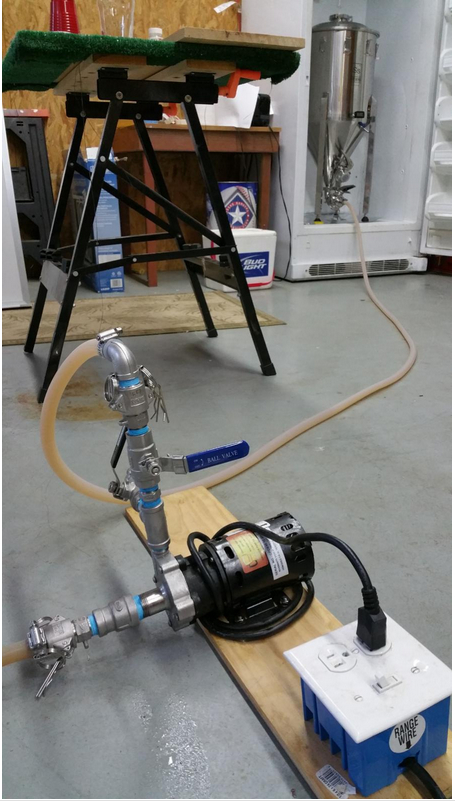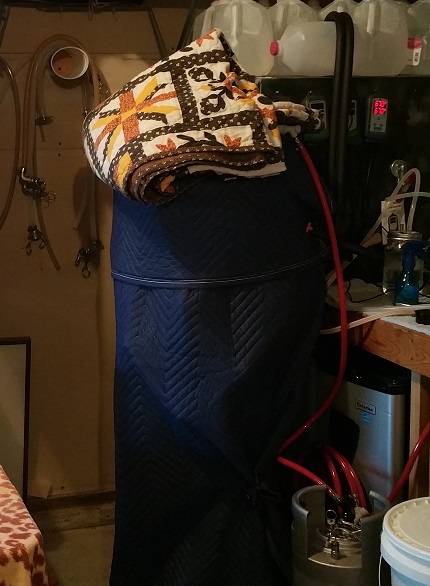Here's the thing: the freezing point of beer drops about .8 degrees fahrenheit for every 1 percent ABV. So, a 5% beer will have a freezing point of 28 degrees (.8 x 5 = 4 degrees).
I have my penguin set at 28 degrees for that reason; I don't want beersicle forming on the cooling coils and since I never brew a beer whose ABV is less than 5%, a 28-degree temp of the glycol solution works.
As far as the recovery time of the Penguin, you have to see this thing to believe it. Fast doesn't beging to describe it. The cooling coils in the chiller (not the fermenter) are massive in proportion to the solution it's chilling. Mine's set on, I think, a 3-degree differential meaning when the solution rises to 31, the chiller kicks on and drives that temp right back down. I might time it today, seeing how long it takes to send room temperature (or garage-temperature

) solution down to 28 degrees. I'll report back if I remember to do this.
I'm planning on brewing today; I can play with the temp of the Penguin when it comes time to crash. Maybe I'll put it at 32 degrees and see if that makes any difference. If there's no icing, it shouldn't be as effective, but who knows? Maybe there's some icing I'm not aware of.
Having said that, many has been the time when I've taken a crashed fermenter, racked the beer from it into a keg, and then shortly thereafter opened it up for cleaning. Never, not ever, have I seen any beersicle on the chilling coils. So I'm doubtful that's the culprit here.



































![Craft A Brew - Safale BE-256 Yeast - Fermentis - Belgian Ale Dry Yeast - For Belgian & Strong Ales - Ingredients for Home Brewing - Beer Making Supplies - [3 Pack]](https://m.media-amazon.com/images/I/51bcKEwQmWL._SL500_.jpg)














